Red Mountain Pass, Colorado Road Conditions
Red Mountain Pass, Colorado Road Conditions
|
Red Mountain Pass: Colorado’s Treacherous Treasure in the San Juans
Red Mountain Pass, Colorado Road Conditions. Rising to 11,018 feet in the heart of the San Juan Mountains, Red Mountain Pass is one of Colorado’s most dramatic and storied mountain crossings. Straddling the divide between Ouray and San Juan counties, this high-altitude corridor has long served as a vital link between the mining towns of Ouray and Silverton. Its history is etched into the cliffsides, ghost towns, and rust-colored peaks that define this rugged stretch of U.S. Highway 550—better known as the Million Dollar Highway.
A Name Forged in Iron
The pass takes its name from Red Mountain, a trio of peaks whose slopes are stained a deep crimson by iron oxide. These vivid hues, visible for miles, are the result of ancient volcanic activity and mineral-rich rock. The surrounding terrain is equally dramatic: steep cliffs, narrow switchbacks, and avalanche-prone slopes make Red Mountain Pass one of the most challenging and awe-inspiring drives in the Rockies.
Indigenous Presence and Early Exploration
Long before miners and road builders arrived, the Ute people traversed these mountains, hunting game and gathering medicinal plants. The San Juans were part of their ancestral homeland, and the region’s hot springs and alpine meadows held spiritual and practical significance. Spanish explorers passed through the broader area in the 18th century, but the high passes remained largely untouched until the mid-19th century.
The Mining Boom and Otto Mears’ Road
The discovery of silver and gold in the San Juans in the 1870s triggered a rush of prospectors and entrepreneurs. By 1882, the Red Mountain Mining District was booming, with towns like Red Mountain Town, Ironton, and Guston springing up along the slopes. The Yankee Girl and National Belle mines became legendary for their rich ore, and the region’s population swelled with miners, merchants, and fortune-seekers.
To support this growth, a reliable transportation route was essential. Enter Otto Mears, a Russian-born entrepreneur known as the “Pathfinder of the San Juans.” Mears had already built toll roads and railroads across Colorado’s high country, and in 1884, he completed the final stretch of what would become the Million Dollar Highway over Red Mountain Pass. The road was blasted into sheer quartzite cliffs, with hairpin turns and no guardrails—a marvel of engineering and a white-knuckle ride even today.
Mears charged tolls—$5 per wagon team and $1 per saddled horse—but his ownership was short-lived. By 1887, the road had been taken over by county and state authorities.
Ghost Towns and Industrial Legacy
The Red Mountain Mining District thrived through the 1880s, but the silver crash of 1893 devastated the local economy. Many of the mining towns were abandoned, their buildings left to decay in the harsh alpine climate. Today, remnants of Red Mountain Town, Ironton, and Guston can still be seen from the highway—weathered cabins, rusting headframes, and collapsed mills that whisper of a bygone era.
Mining continued sporadically into the 20th century. The Idarado Mine, a massive consolidation of earlier claims, operated until the 1970s. Its tailings piles and tunnels remain visible, and reclamation efforts are ongoing to mitigate environmental impacts.
The Million Dollar Highway
Red Mountain Pass is the highest point on the Million Dollar Highway, a 25-mile stretch of U.S. 550 between Ouray and Silverton. The origin of the name is debated: some say it refers to the cost of construction, others to the value of ore in the roadbed, and still others to the breathtaking views. Whatever the truth, the name has stuck—and so has the reputation.
The road is paved but narrow, with steep grades and no guardrails. In winter, avalanches and icy conditions make it one of the most dangerous roads in the country. Yet it remains open year-round, thanks to tireless maintenance crews and avalanche mitigation efforts.
Despite the risks, the Million Dollar Highway is a bucket-list drive for many. It offers unparalleled views of the San Juans, with towering peaks, cascading waterfalls, and vibrant wildflowers in summer. In fall, the aspen groves blaze gold, and in winter, the landscape transforms into a snow-covered wonderland.
Ouray and Silverton: Anchors of the Pass
At the northern end of the pass lies Ouray, often called the “Switzerland of America” for its dramatic mountain setting. Founded in 1876 and named for Ute Chief Ouray, the town became a hub for mining and tourism. Today, it’s known for its hot springs, Victorian architecture, and ice climbing park.
To the south is Silverton, another former mining boomtown turned tourist destination. Connected to Durango by the historic Durango & Silverton Narrow Gauge Railroad, Silverton preserves its frontier charm with wooden sidewalks, saloons, and a backdrop of jagged peaks.
Both towns serve as gateways to Red Mountain Pass and offer access to hiking, off-roading, and backcountry skiing. The Alpine Loop Scenic Byway, a network of rugged 4×4 roads, connects the region’s ghost towns and high passes, including Engineer and Cinnamon Passes.
A Living Landscape
Red Mountain Pass is more than a road—it’s a living museum of Colorado’s mining heritage, a geological wonder, and a testament to human ingenuity. It’s also a place of ongoing challenges: balancing tourism with preservation, managing avalanche risk, and addressing the environmental legacy of mining.
Yet for all its dangers and difficulties, Red Mountain Pass continues to captivate. Whether you’re tracing the path of ore wagons, photographing the rust-red peaks, or simply pausing at a pullout to take in the view, you’re part of a story that spans centuries—and climbs to 11,018 feet.
For more information, visit the Red Mountain Pass, Colorado official website.
Red Mountain Pass, Colorado Road Conditions
See more Colorado Weather Cams here.

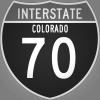
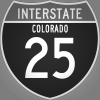
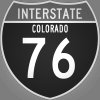




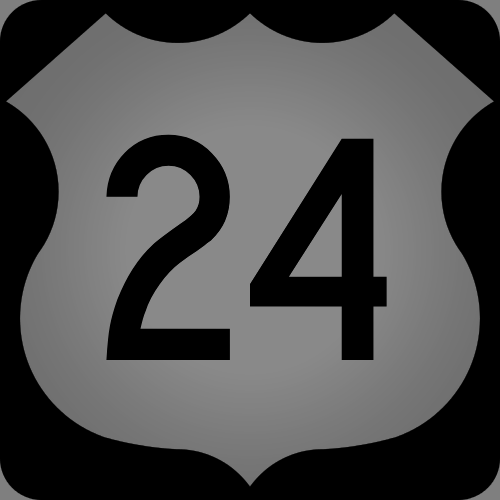















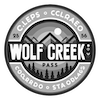


 Link to Red Mountain Pass Weather Sensor Info
Link to Red Mountain Pass Weather Sensor Info 




